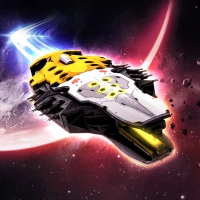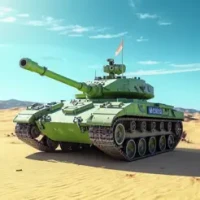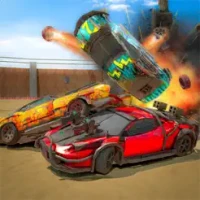
Latest Version
2.0.2
December 21, 2024
Feel the beat!
Games
iOS
635.3 MB
0
Free
Report a Problem
More About Beat Master!
Unleashing the Power of Stunning Graphics and Engaging Mini-Games
In the ever-evolving world of digital entertainment, the importance of fantastic graphics and animations cannot be overstated. These elements not only enhance the visual appeal of games but also significantly contribute to the overall user experience. Coupled with fun mini-games, they create an immersive environment that captivates players and keeps them coming back for more.
Why Graphics Matter in Gaming
Graphics serve as the first impression for any game. High-quality visuals can draw players in, making them eager to explore the game world. Here are some reasons why graphics are crucial:
- Visual Storytelling: Graphics help convey the narrative without the need for extensive dialogue. A beautifully rendered environment can tell a story just as effectively as words.
- Emotional Engagement: Stunning visuals evoke emotions. Players are more likely to feel connected to characters and storylines when they are presented with high-quality graphics.
- Realism and Immersion: Advanced graphics technology, such as ray tracing and high-resolution textures, creates a more realistic experience, allowing players to immerse themselves fully in the game.
The Role of Animations in Enhancing Gameplay
Animations breathe life into characters and environments. They are essential for creating a dynamic and engaging gaming experience. Here’s how animations enhance gameplay:
- Fluid Movement: Smooth animations make character movements more believable, allowing players to connect with their avatars on a deeper level.
- Interactive Environments: Well-animated environments react to player actions, making the game world feel alive and responsive.
- Enhanced Combat Mechanics: In action games, animations play a critical role in combat. They can determine the timing and effectiveness of attacks, adding a layer of strategy to gameplay.
Mini-Games: A Fun Diversion
While the main game may offer a rich narrative and complex gameplay, mini-games provide a refreshing break. These smaller, often simpler games can enhance the overall experience in several ways:
- Variety: Mini-games introduce different gameplay mechanics, keeping the experience fresh and exciting.
- Skill Development: They often require different skills, allowing players to hone their abilities in a fun and engaging way.
- Rewards and Incentives: Completing mini-games can yield rewards that enhance the main game, providing players with motivation to engage with these fun diversions.
Creating a Cohesive Experience
For developers, the challenge lies in integrating stunning graphics, smooth animations, and engaging mini-games into a cohesive experience. Here are some strategies to achieve this:
- Consistent Art Style: Maintaining a consistent art style across all elements ensures that graphics and animations feel like part of the same world.
- Seamless Transitions: Smooth transitions between main gameplay and mini-games can enhance immersion, making players feel like they are part of a larger narrative.
- Player Feedback: Incorporating player feedback during development can help identify what graphics and mini-games resonate most with the audience.
Conclusion: The Future of Gaming Graphics and Mini-Games
As technology continues to advance, the potential for even more stunning graphics and innovative mini-games is limitless. Developers are constantly pushing the boundaries of what is possible, creating experiences that are not only visually captivating but also deeply engaging. By focusing on high-quality graphics, fluid animations, and entertaining mini-games, the gaming industry can continue to thrive and evolve, offering players unforgettable adventures.
In summary, the combination of fantastic graphics, engaging animations, and fun mini-games is essential for creating a memorable gaming experience. As players seek more immersive and enjoyable content, developers must prioritize these elements to stay ahead in the competitive gaming landscape.
Rate the App
User Reviews
Popular Apps










Editor's Choice





























